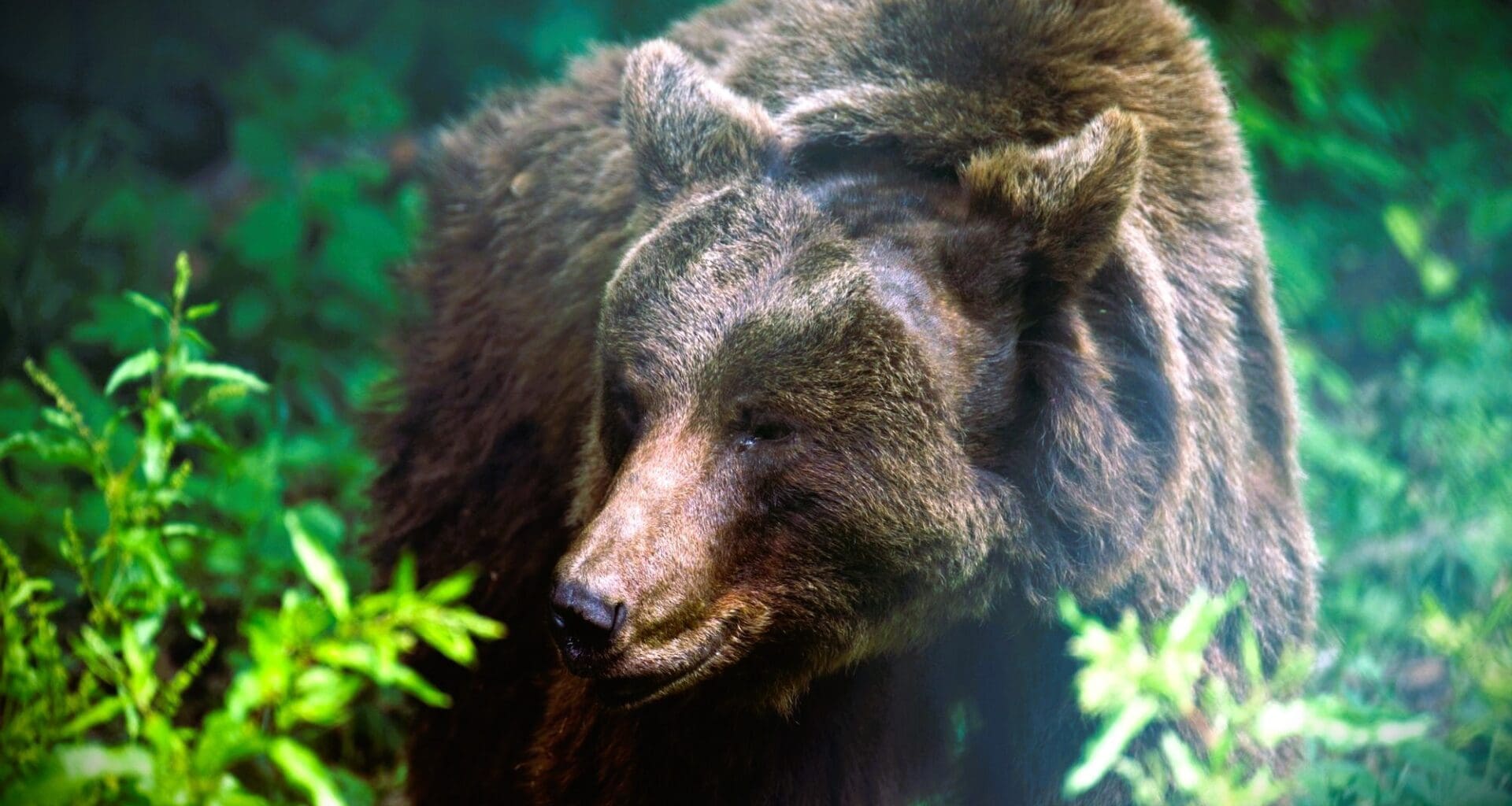In a series of alarming incidents, natural parks in the United States have experienced severe weather challenges, impacting safety and causing injuries.
A recent event in Yellowstone National Park saw a woman suffer burns after falling into a thermal area, highlighting the inherent dangers of the region’s geothermal features. Such incidents underscore the need for visitors to exercise extreme caution while exploring these natural wonders.
Meanwhile, in Montana’s Glacier National Park, a man was attacked by a bear, a stark reminder of the unpredictable nature of wildlife interactions. This incident serves as a crucial warning for those venturing into bear habitats to stay alert and follow safety guidelines.
In Wisconsin, a more unusual but equally alarming incident occurred when a 12-year-old boy killed a bear that was mauling his father. This act of defense illustrates the unexpected encounters that can occur in natural settings, emphasizing the importance of preparedness and awareness.
These incidents in American national parks are not isolated. They come amid forecasts of severe weather conditions set to affect various regions. The Midwest and Northeast are bracing for storms bringing snow, rain, and wind, while the Gulf region anticipates heavy rain from Tropical Rainstorm Sara. Severe thunderstorms are also expected in the Southern Plains, and the Northwestern US faces a series of storms with rain and mountain snow.
Such weather patterns not only pose risks to those visiting outdoor locations but also affect broader societal and economic activities. Therefore, staying informed and prepared for these weather developments is essential.
As nature presents challenges that can impact safety, staying informed and taking precautions are crucial. Understanding weather patterns and respecting the potential dangers of natural environments can greatly enhance safety for all who engage with these remarkable landscapes.
Source: Accuweather






